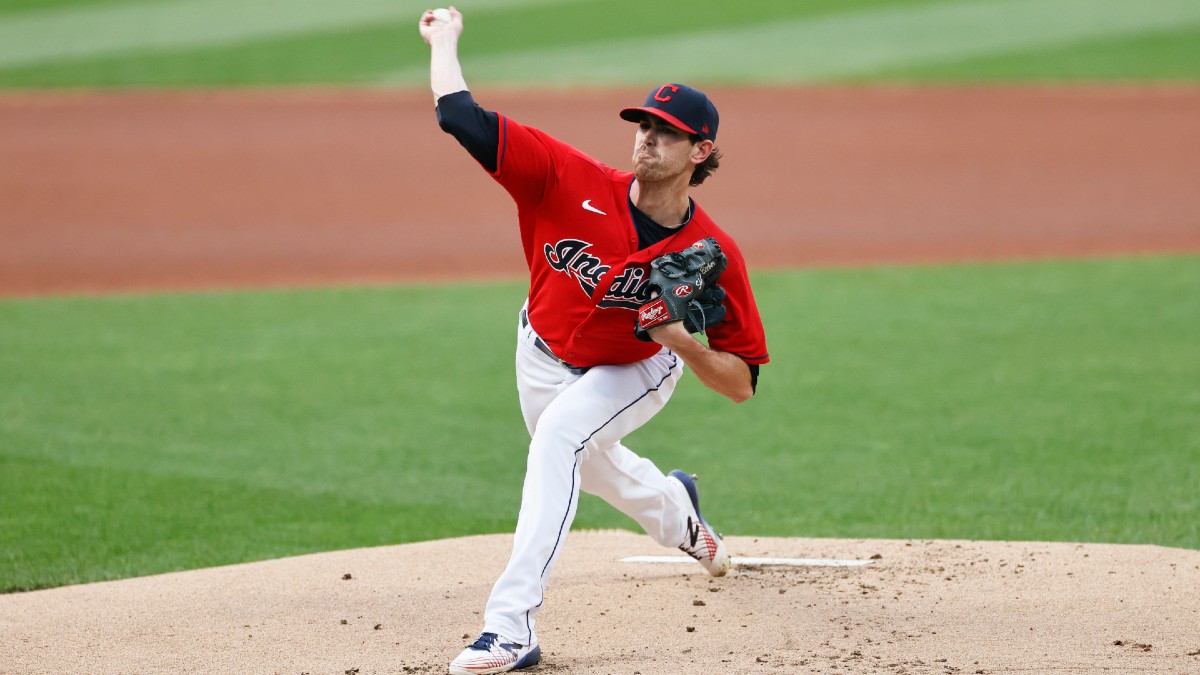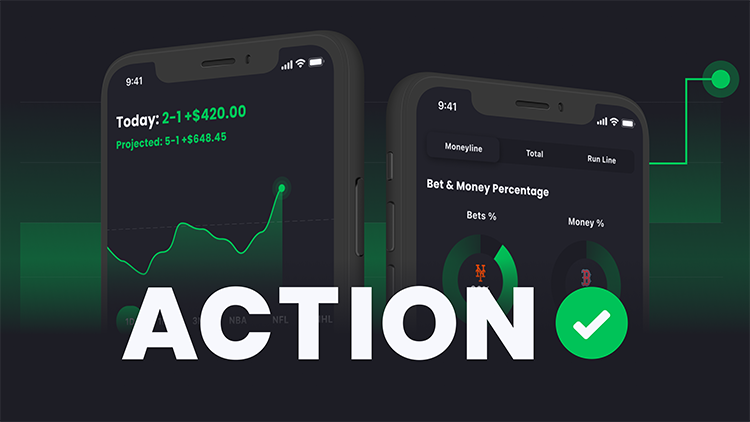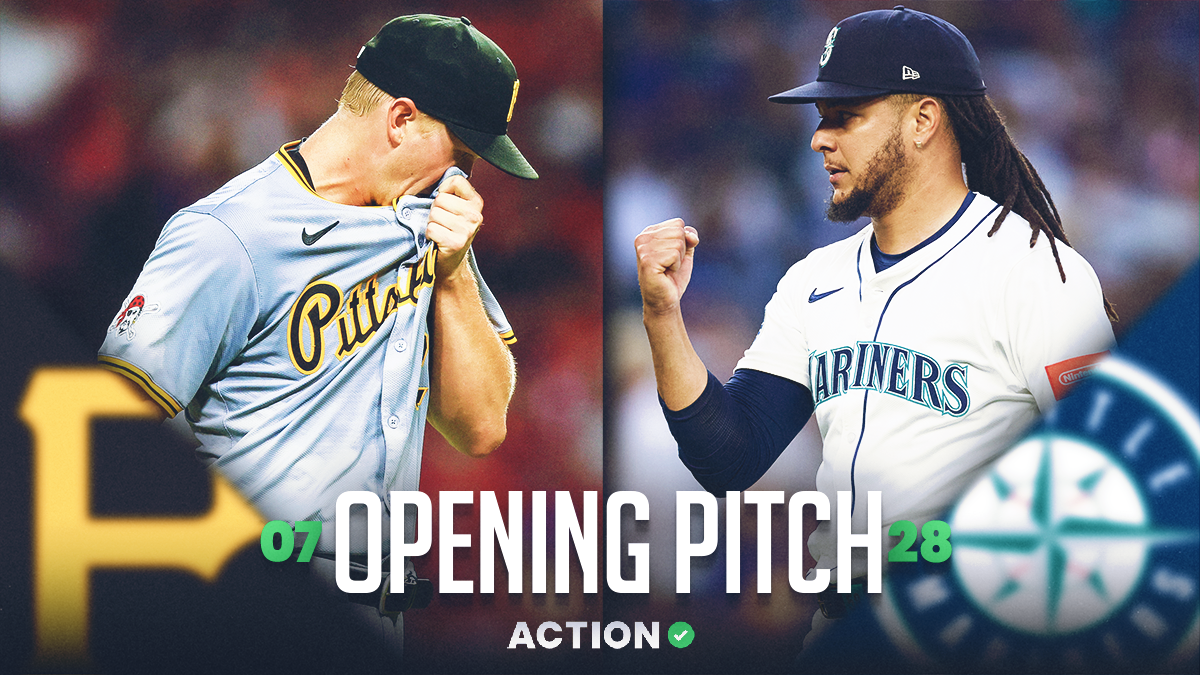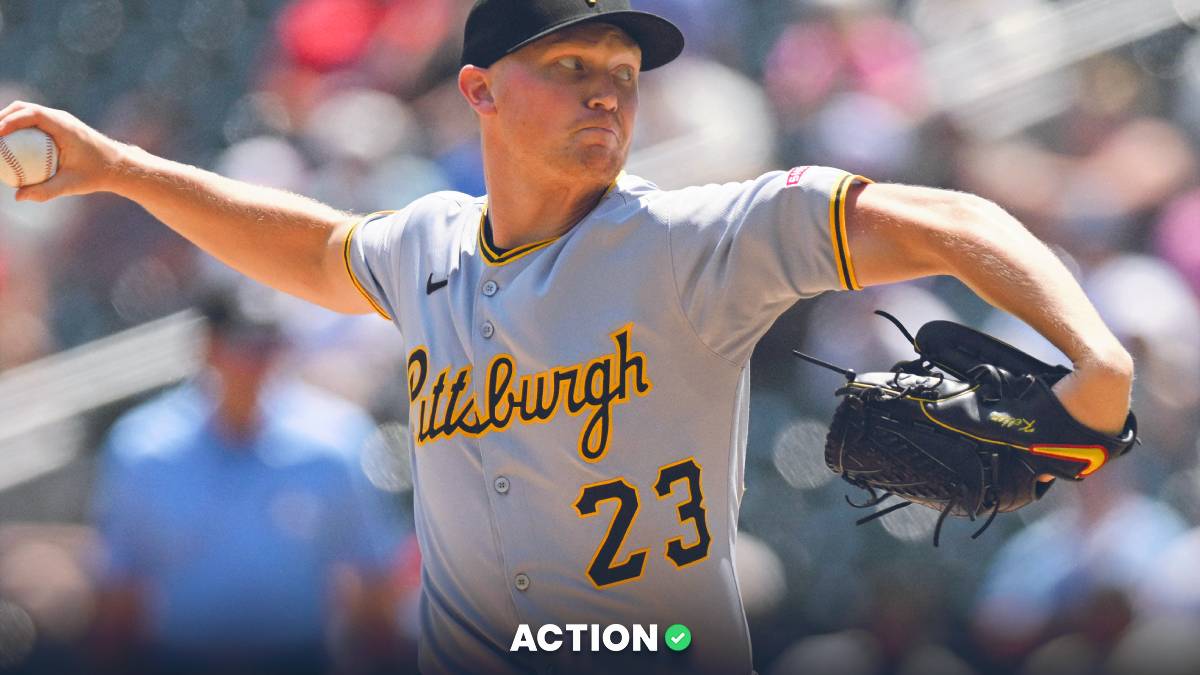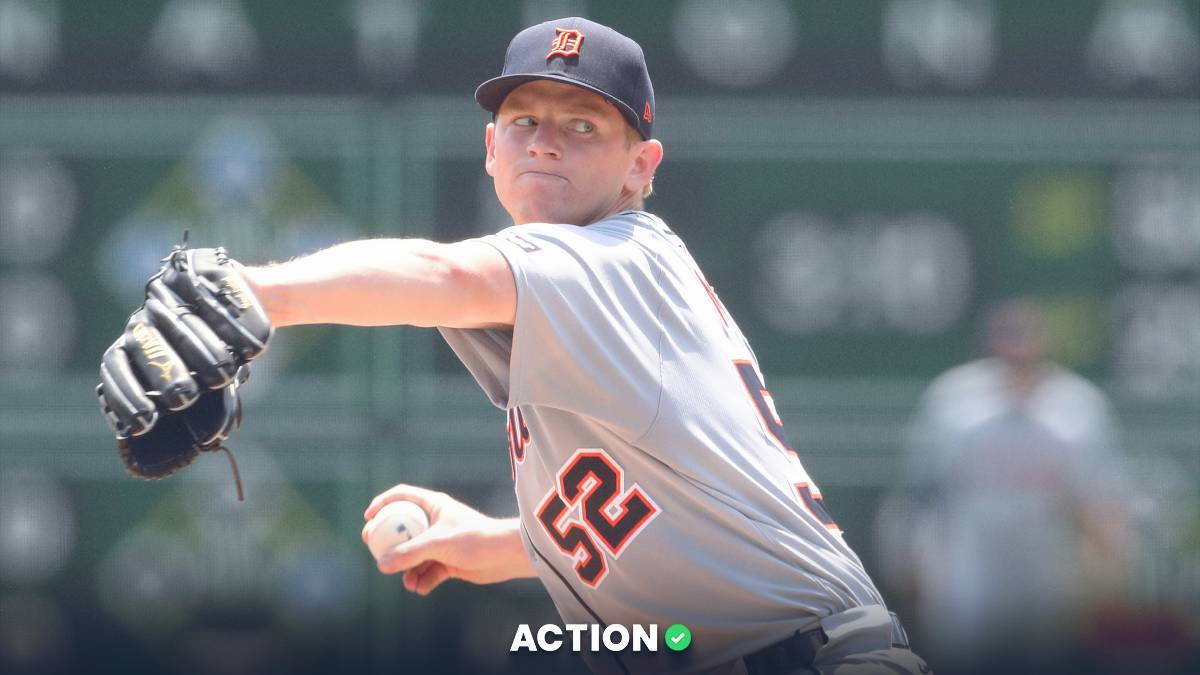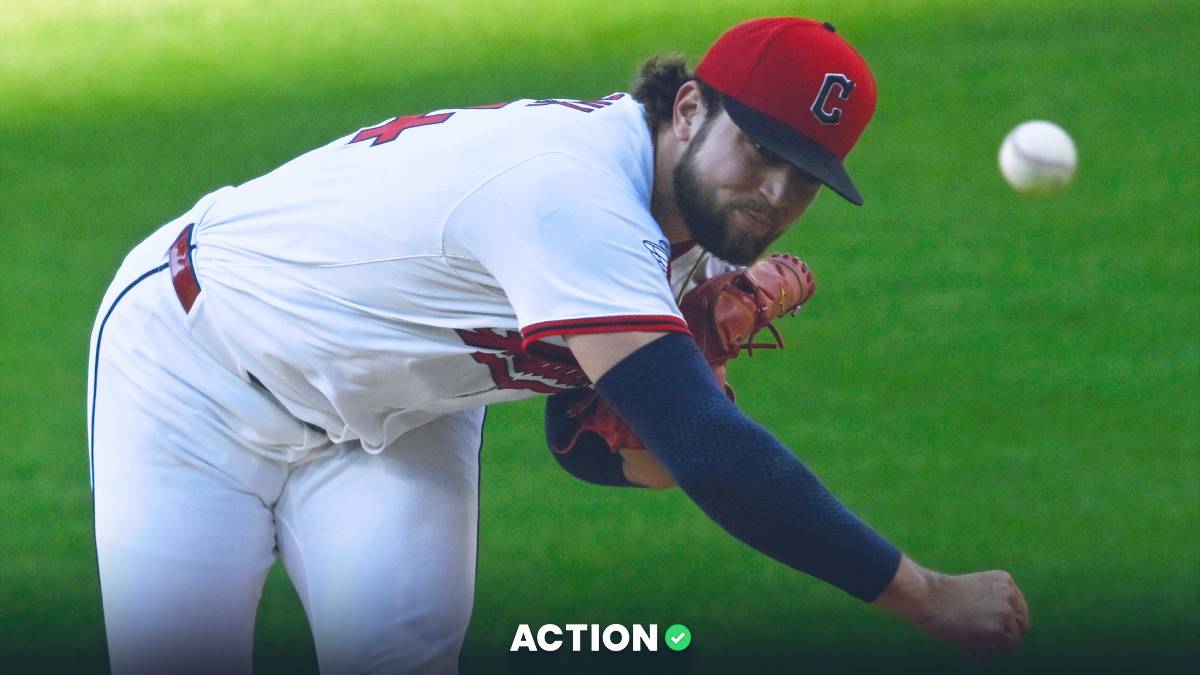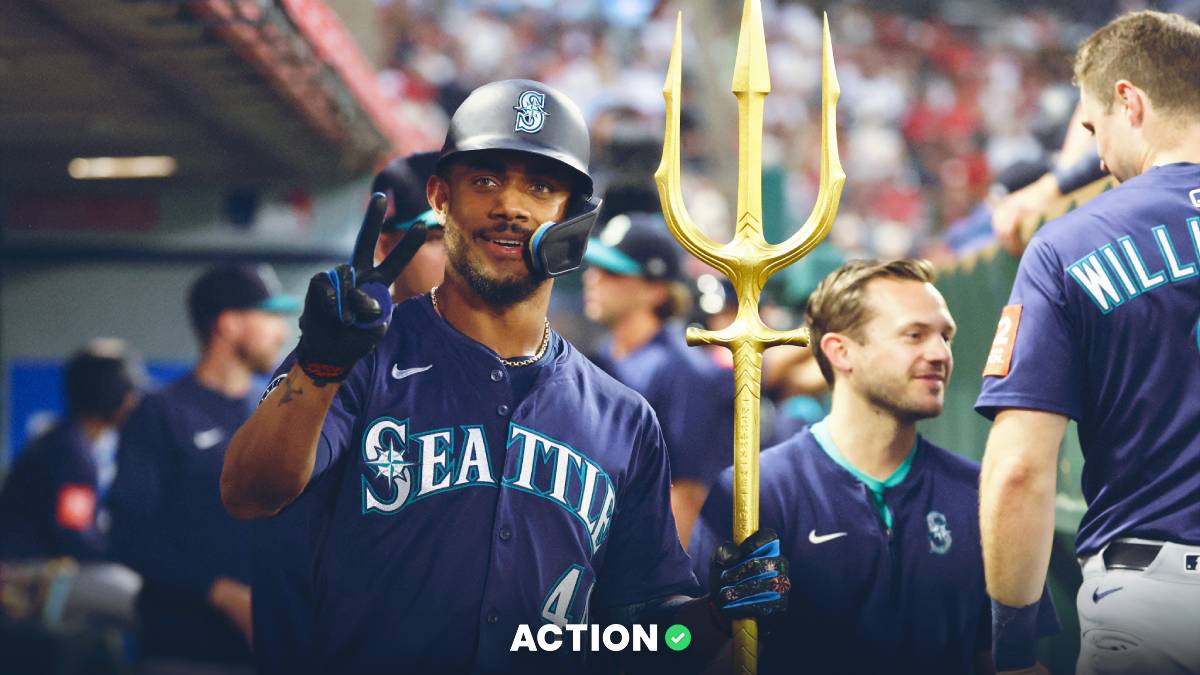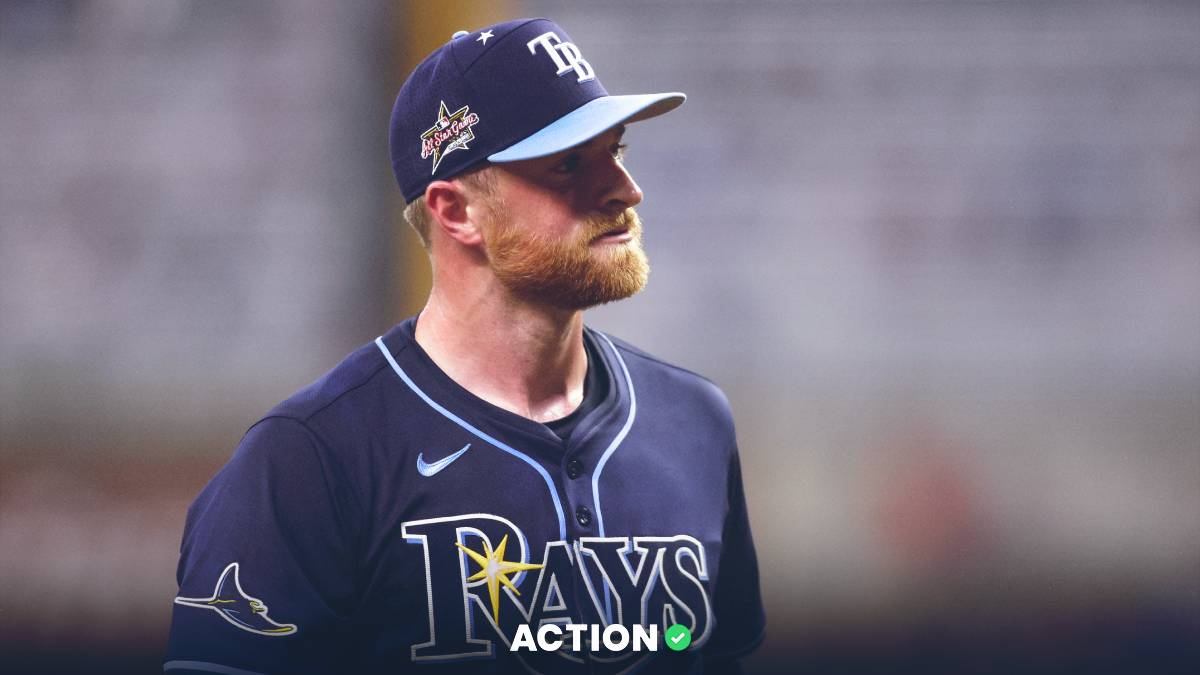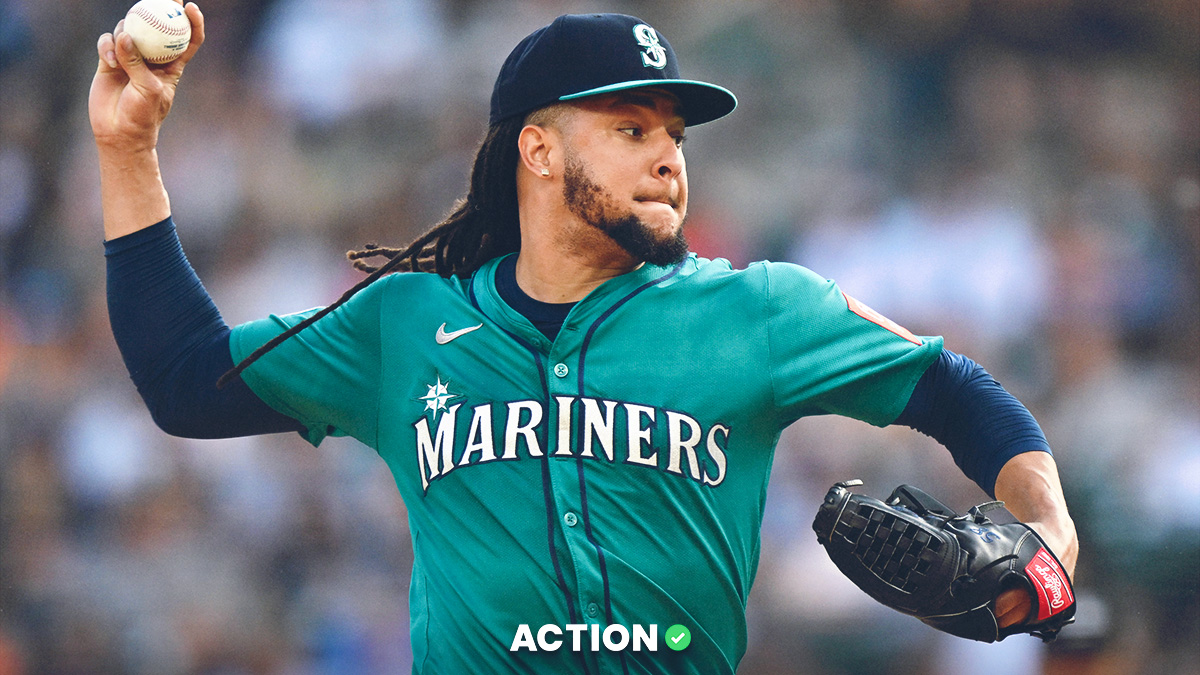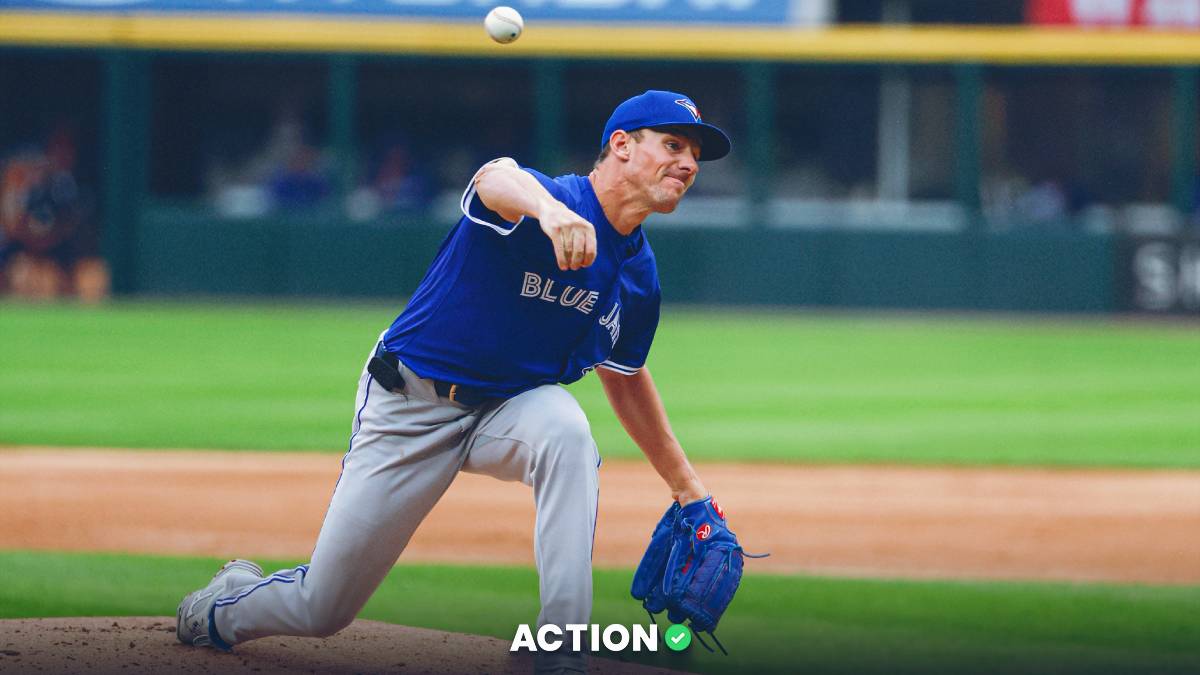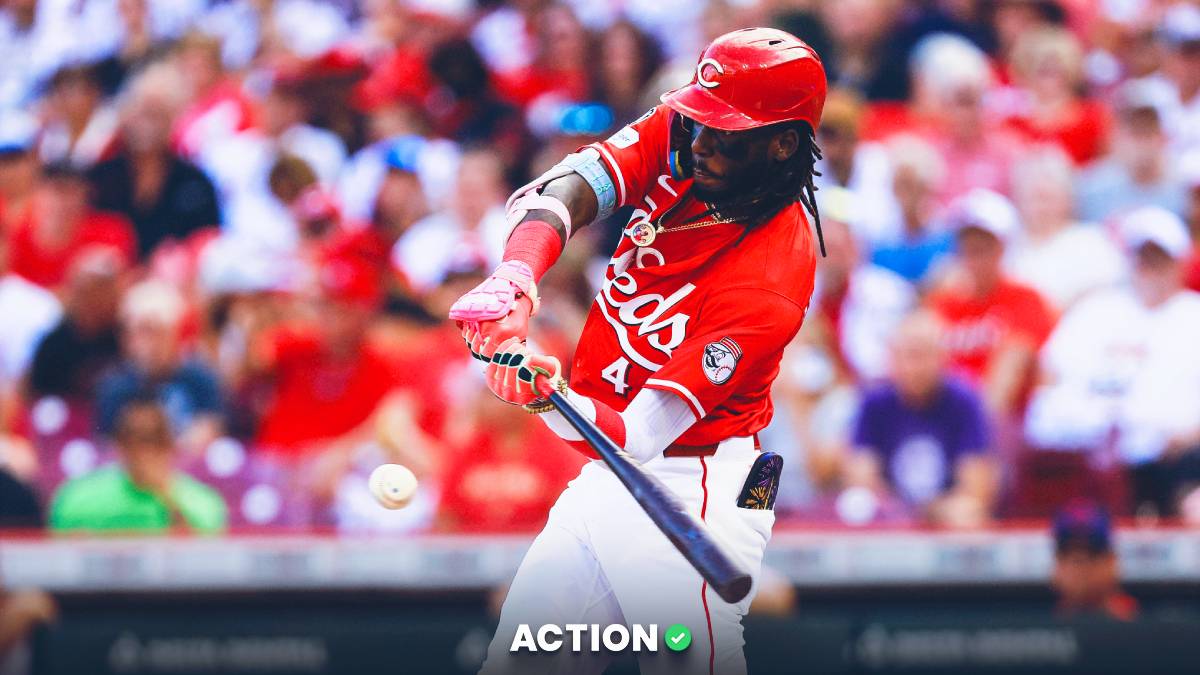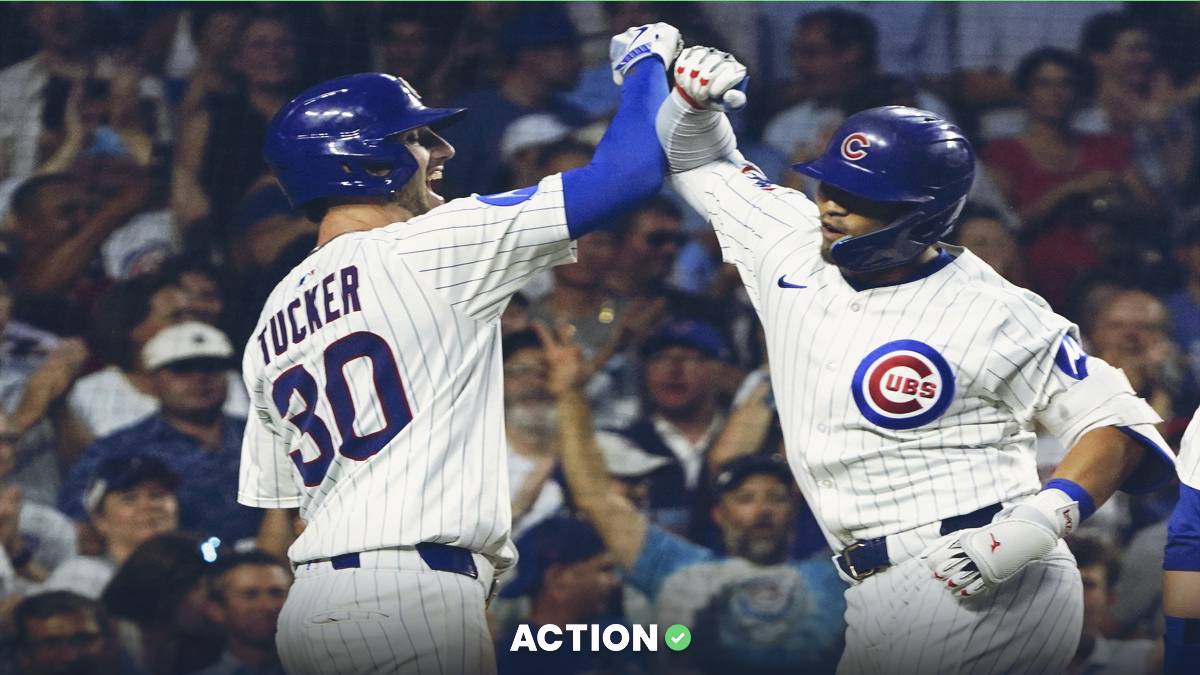DRA Definition
Created by Baseball Prospectus, DRA (deserved run average) is a pitcher run estimator that estimates the rate at which a pitcher "deserved" to give up runs, and includes estimates for the uncertainty around that rate. The goal of DRA is to present a value on the common runs allowed scale that more accurately describes the pitcher's effect on run prevention.
DRA in Today's MLB
You can read DRA in a similar capacity to how you read ERA. Meaning: the lower the better.
In 2020, relievers Devin Williams of the Milwaukee Brewers and Edwin Diaz of the New York Mets led MLB with DRAs of 2.19. Shane Bieber of the Cleveland Indians and Aaron Nola of the Philadelphia Phillies tied for best DRA among starting pitchers at 2.58.
What About DRA-?
Whereas DRA lives on the same scale as ERA, DRA- is an indexed version of that statistic. That means that DRA- instead compared a pitcher's performance to the league, where a score of 100 means that the pitcher performances at a league-average level. The lower the number, the better the pitcher.
DRA- tells us how those same four pitchers in the above example performed compared to the league average. Williams and Diaz (45) were 55% better than league average, while Bieber and Nola (53) were 47% better than league average. On the flip side, Julio Teheran (190) was 90% worse than league average as a starting pitcher for the Los Angeles Angels in 2020.
DRA and DRA- in Sports Betting
DRA and DRA- can be used to find value in pitchers who may be undervalued in the betting market. As an example, in 2020 Pablo Lopez of the Miami Marlins had a 2.65 DRA (sixth best in MLB) and an ERA of 3.61. That's nearly a run difference. The betting market may undervalue Lopez because of his ERA, giving betters well-versed in DRA a leg-up.


